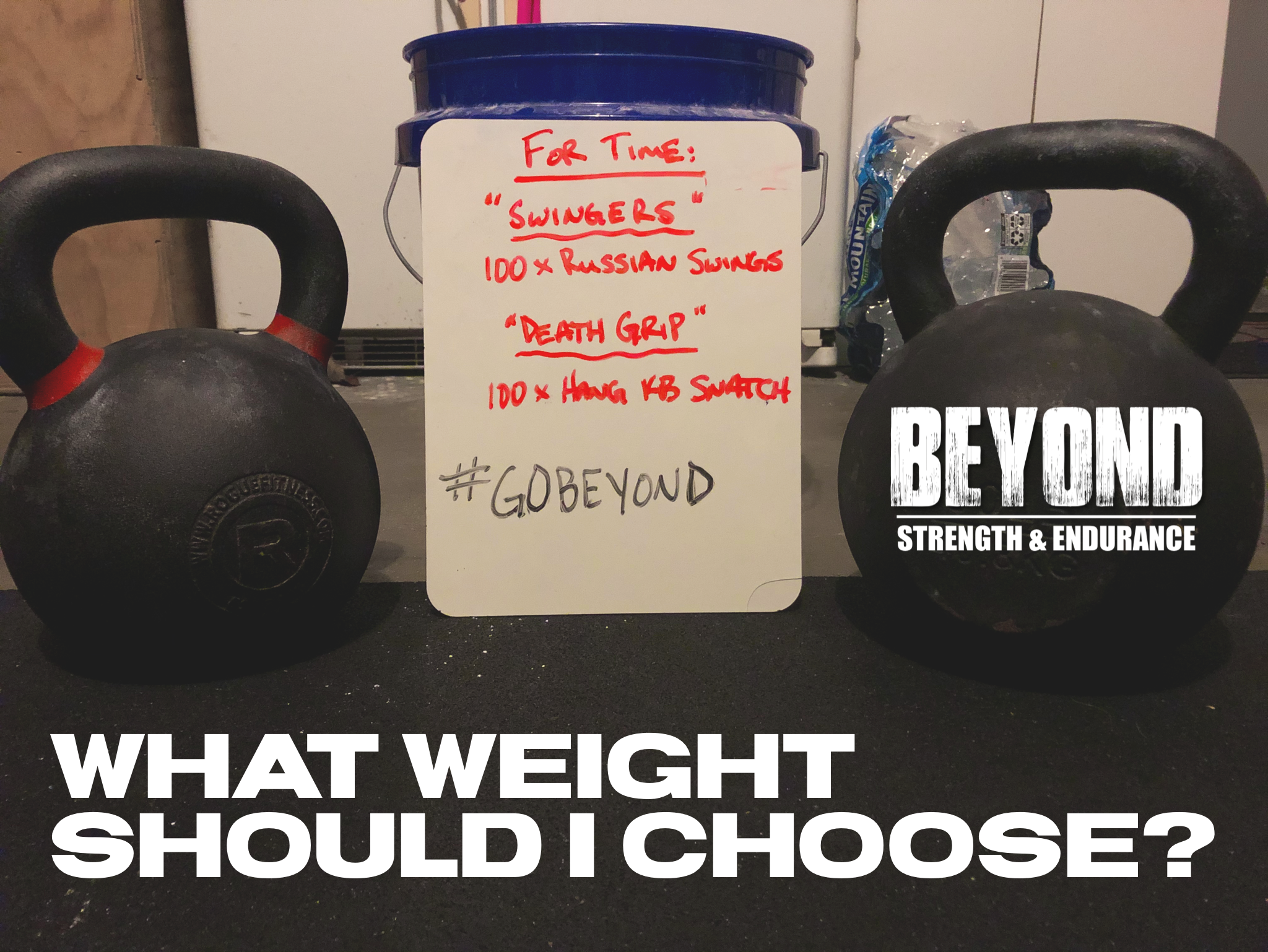As a coach, if your athlete is doing a movement inefficiently or incorrectly it’s your fault. Yikes! Hit a nerve for some with this statement...but it's still true.
A lot of you probably thought of one or several people as an example of why you disagree with this statement. Hate to break it to you, but the more people you thought of...the more you need to improve as a coach. Shots fired again! Calm down, let's discuss it.
First of all, I am not saying coaches should be able to fix everything instantly with one simple cue. We are coaches, not miracle workers. However, you have to remind yourself of the basic definition and relationship of a coach to the athlete. They are the student, we are the teacher. They come to us to learn and improve. If you walked into any classroom and the teacher didn’t teach anything or simply told you to figure it out for yourself, would you think that is your fault or theirs? When you get answers wrong would you expect that teacher to explain and help you correct it? Of course this takes effort on your part, but they are providing their knowledge and expertise to guide you to the solution.
Here a few things to consider when evaluating your coaching:
Are you getting to each athlete in every session or class you coach?
Did the light bulb go off with them or are they still in the dark?
Do they understand the why behind the issue that needs corrected?
“Think of coaching each movement in a one-on-one setting. Do you feel confident? If not, then this is an area of opportunity for you. Learn more about the key points, corrections and cues.”
Coaching Every Athlete
You should be able to get around to specifically coach each athlete at least two times in a class 90-100% full, at least three times in a class 50-89% full and at least four times in a class 49% or less full. How you are specifically coaching them varies depending on the section of class. During strength, olympic lifting, skills and conditioning, this is the time for a deeper dive into their technique, efficiency and pace. We have time in between sets and reps to break things down more. During the MetCon or WOD, the feedback should be more general and simple…but still specific to each athlete. They are breathing and moving so we need to coach without hindering that, unless there is a safety concern. The only things that should be communicated to the entire class are motivation and time updates. Simply shouting out things like, “Push your knees out!”, to anyone who might be listening is not coaching. *Insert the scene from Anchor Man…LOUD NOISES!
Light or Darkness
How many different cues do you have your tool belt? The same cue word can resonate with one athlete and cause a blank stare from another one. How many different ways can you say the same thing? Finish your pull, keep your elbows above the bar, elbow someone behind you…these are all trying to accomplish the same correction. Think about each athlete in every session or class. Did you see the light go on and feel they understood what you were trying to correct or are they just smiling and nodding at you with no idea what went wrong or how to fix it? If it was the latter, did you run out of cue words or ways to fix their issue? It happens. The important thing is, finding ways to improve to prevent that next time.
The Why
Are you coaching the smoke or the fire? Once you spot the flaw in a lift or movement, are you coaching the flaw or why the flaw occurred? Seeing the bar swing out in a snatch or clean and coaching to keep the bar close is a solid cue. In order to take this to the next level you must be able to see and correct what caused the bar to swing out. This could be for many different reasons. Lack of pull, early launch, weight forward in the toes, early hip rise or how they set-up to the bar to begin with. Coaching only the flaw is coaching the smoke. Finding the fire causing the smoke is how you progress your skills to better help each athlete you have the privilege to work with.
The “uncoachable”
We all know the difficult athletes. The ones who seem to refute or ignore any coaching directed their way. Even in these situations, patience and persistence will eventually get through. Although it may not seem like it, no matter what they say or how they act, they want to get better. People respond to personalities, tone and interaction very differently socially and as an athlete receiving coaching. You just have to find the right combination to develop trust and buy-in. Stay the course.
The Game Plan
What do you need to do to improve as a coach the most? Is it increasing your knowledge and experience or the consistent application of that knowledge and experience? I have been blessed to be a coach for over 17 years and I still learn things every single day. If coaching is truly your passion there should be a relentless pursuit to get better for the sake of your athletes.
You’re not a lifeguard there to only make sure everyone is safe. You’re not a cheerleader there to shout motivational sayings. You are a coach.












